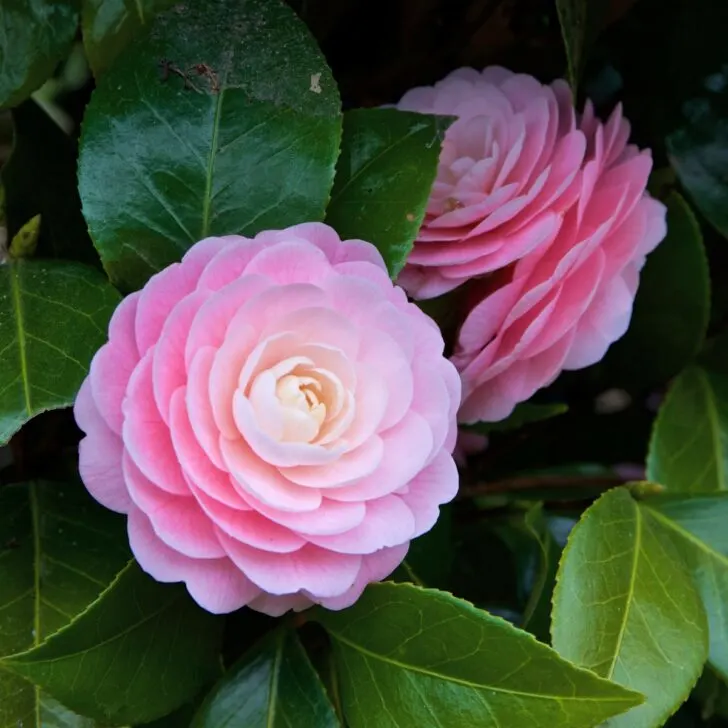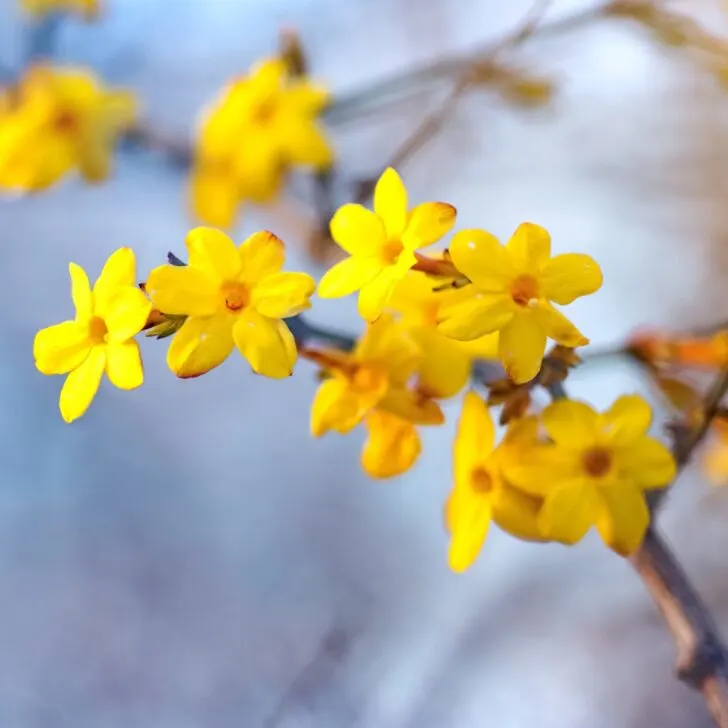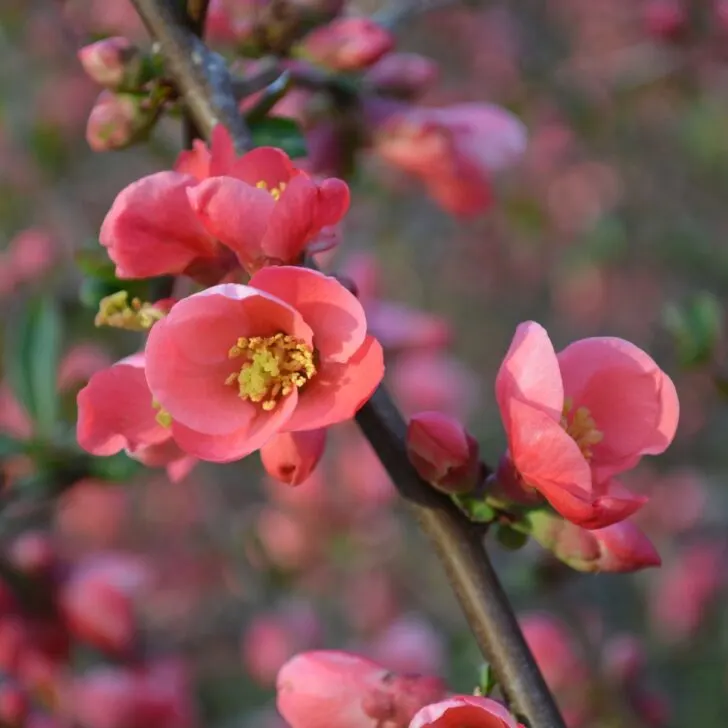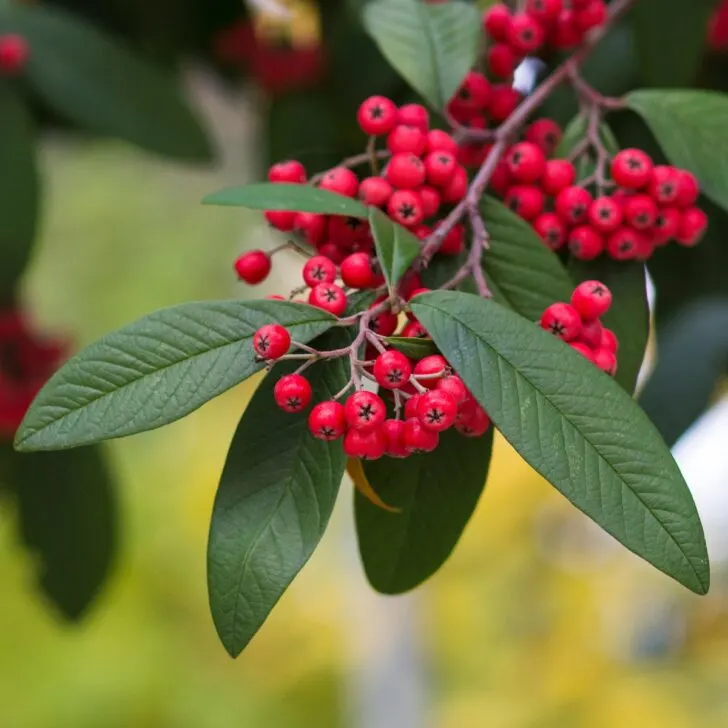Hellebores are the perfect plant for the shady areas of your garden! They bloom in late winter, with evergreen leaves the rest of the year.

Imagine finding lovely, colorful flowers popping up in your garden in the cold of winter. If you plant hellebores, this is precisely what you can experience!
This long-lived perennial was once hard to find. However, it is now readily available and popular due to its cheerful late winter flowers, an astonishing array of bloom colors, and many intriguing hybrid varieties.
The sometimes fragrant flowers of hellebore are composed of flower bracts that are not actual petals but still look like colorful blossoms. You can find them in almost any color, including red, white, variegated, green, purple, and even a dark purple that is almost black.
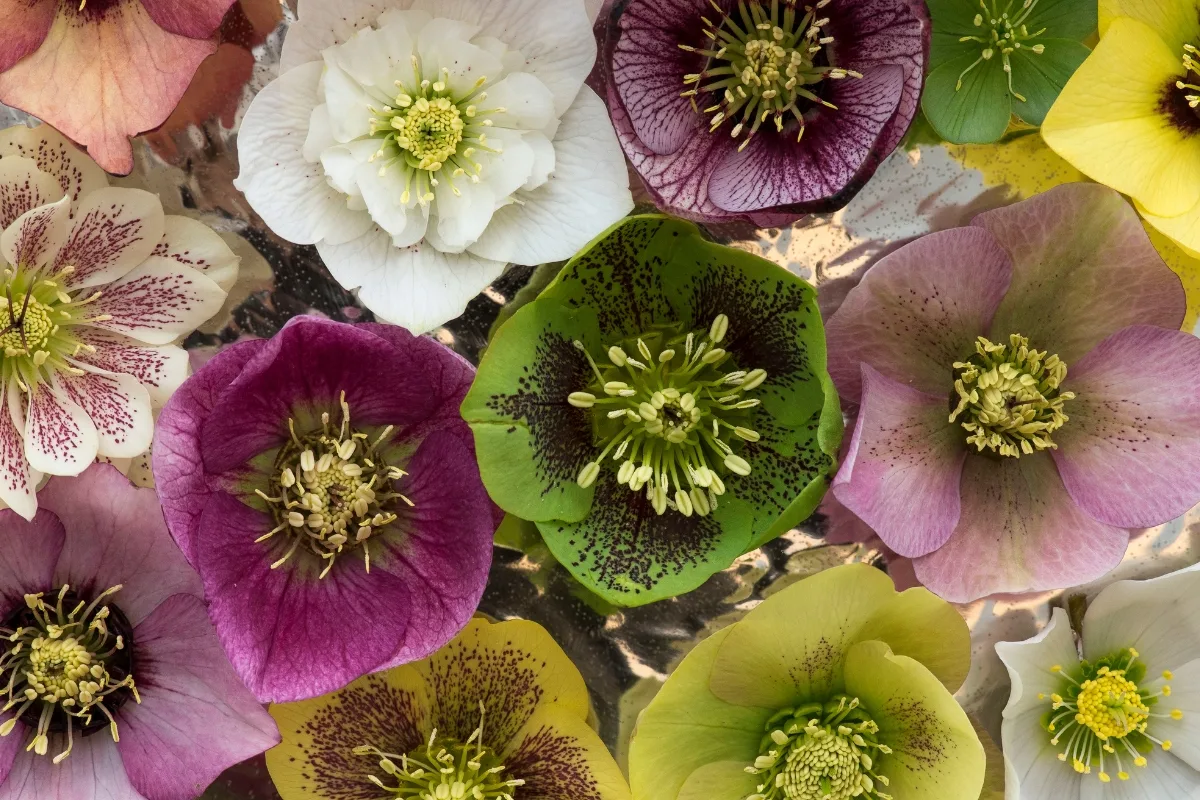
Hellebores start producing blooms in February and carry on through the spring. The evergreen foliage grows in clumps one to two feet high, with the nodding blossoms springing up from the ground.
They bloom in shady locations, and deer and rabbits don't eat them, making them a perfect choice for woodland gardens. The only downside is that all parts of the plant are mildly toxic and can irritate the skin, but wearing gloves when handling hellebores solves that problem.

This post contains affiliate links for your convenience. Purchases made through these links may earn me a small commission at no additional cost to you.
Hellebore Cultivars
Hellebores are also called Lenten rose, Christmas rose, and winter rose due to the time of year when they bloom, but they are not related to roses. This plant has about twenty different species, all of which are highly cold-tolerant and bloom in winter.
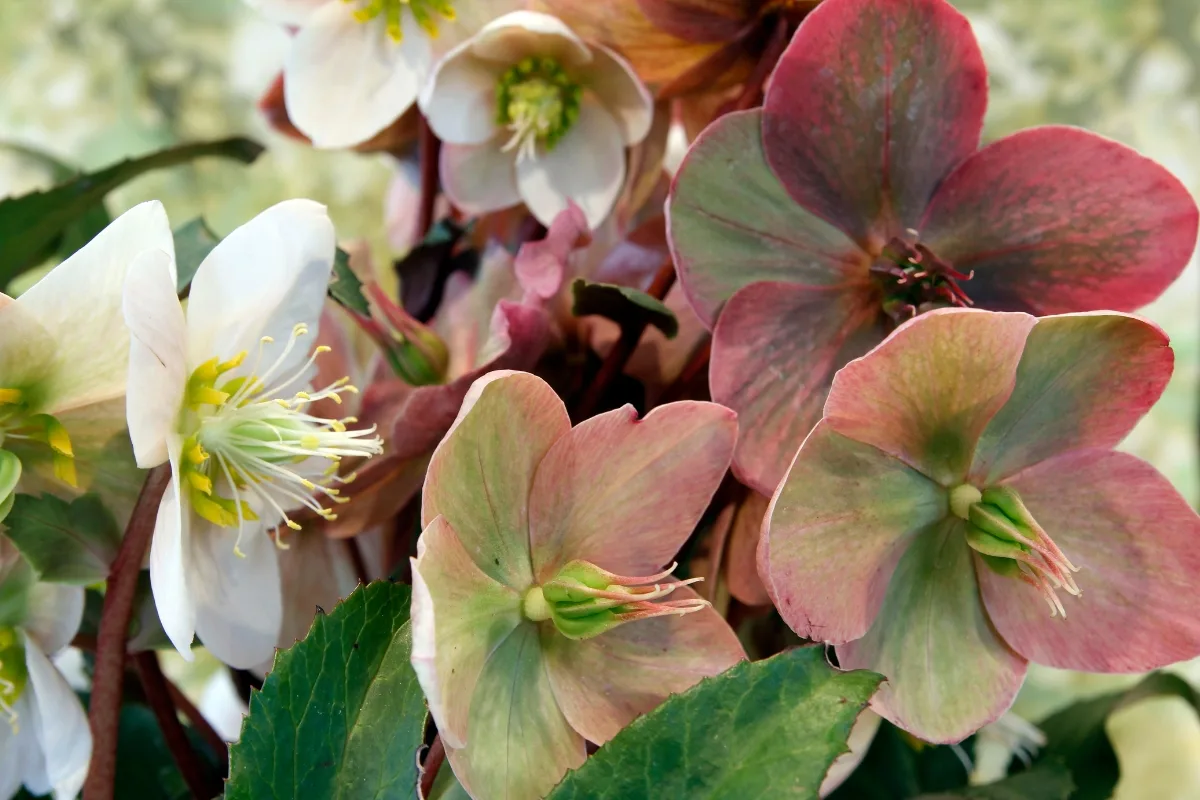
The different cultivars easily cross-pollinate, producing new flower colors, shapes, and sizes. Starting in the 1980s, plant breeders successfully created many hybrid versions of hellebore that are now readily available to the average gardener.
Because the seeds can take a long time to grow into a full size plant, and some varieties are patented, this plant can be pricy. Nonetheless, the investment is worthwhile because hellebore plants can live for up to 20 years.
When to Plant Hellebores
Plant hellebores from early spring up until the fall to give them time to grow a root system to support blooming the following winter.

Where to Plant Hellebores
Hellebores are highly tolerant of shade, although they can grow in sunnier spots in colder growing zones as long as the ground stays cool and damp. Planting them in cool, continually moist soil with lots of organic matter and good drainage is key to getting them to thrive and blossom.
Hellebore flowers have the charming habit of turning their blossoms downhill when planted on a slope. So, if you have a shady hillside visible from your garden or house, consider planting them there. The evergreen foliage adds texture to the landscape when the plants are not flowering.
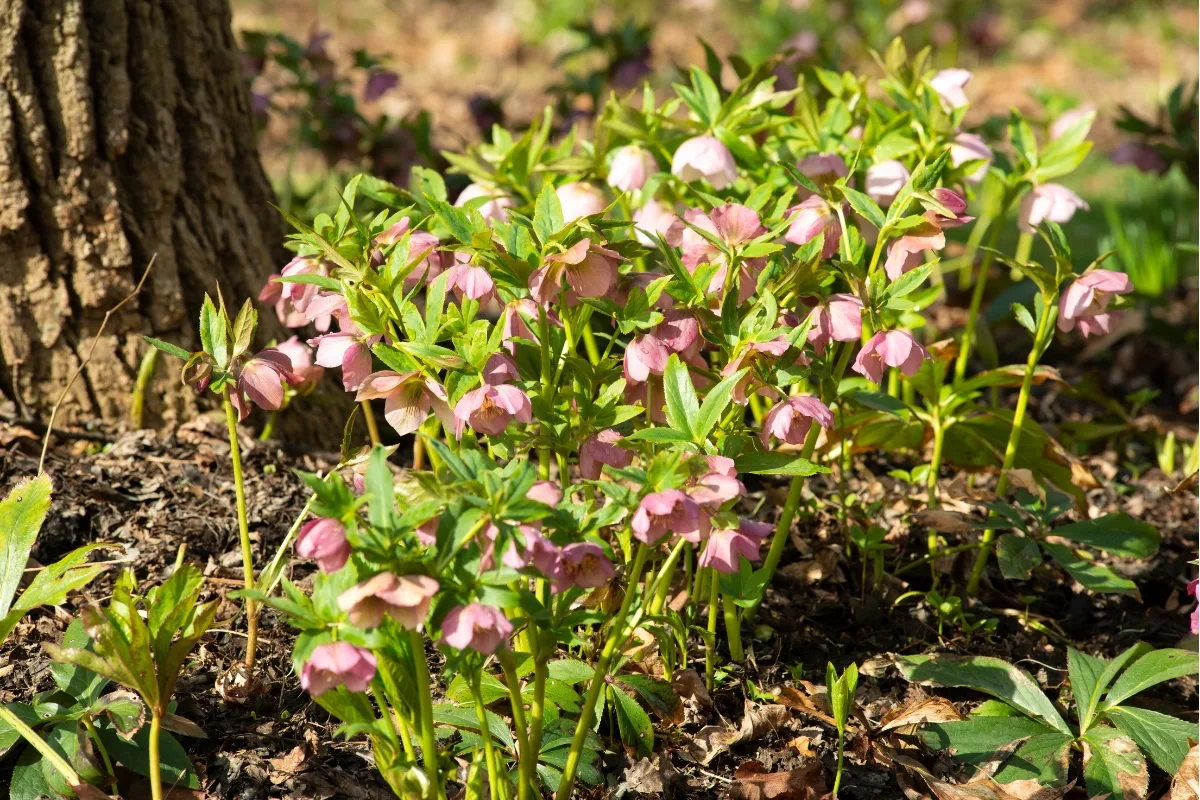
These plants make good companions in mixed plantings, growing with sword ferns, hostas, bleeding hearts, and other shade-loving plants. They can tolerate a range of pH levels from slightly acidic to alkaline as long as the soil is high in organic matter.
Hellebores do not do well growing in containers because it's usually not possible to keep the roots cool enough in summer. If you plant them in a pot when you first get them, it is best to transplant them into the ground after the first year, or the plants will likely decline in vigor.
How to Grow Hellebores from Seed
You can grow hellebores from seed. However, the seeds can take a year or more to germinate, and fresh seed from a reputable source is a must for good germination.
To grow hellebores from seed:
- Start them in late winter or early spring.
- Sprinkle the seeds on damp potting mix composed of humus-rich soil mixed with sand for drainage.
- Cover them lightly with soil.
- Keep the container moist at all times in a cool, shady spot until they sprout.
How to Plant Hellebores
Hellebores are commonly purchased at garden nurseries and big box stores, and you can also purchase them online. You'll have a greater variety of options in late winter or early spring when the flowers are in bloom and you can see the colors available.
When transplanting a hellebore into the garden, dig a hole as deep as the pot and twice the diameter. Mix in plenty of compost, leaf mold, or aged manure unless the soil is already high in organic matter.
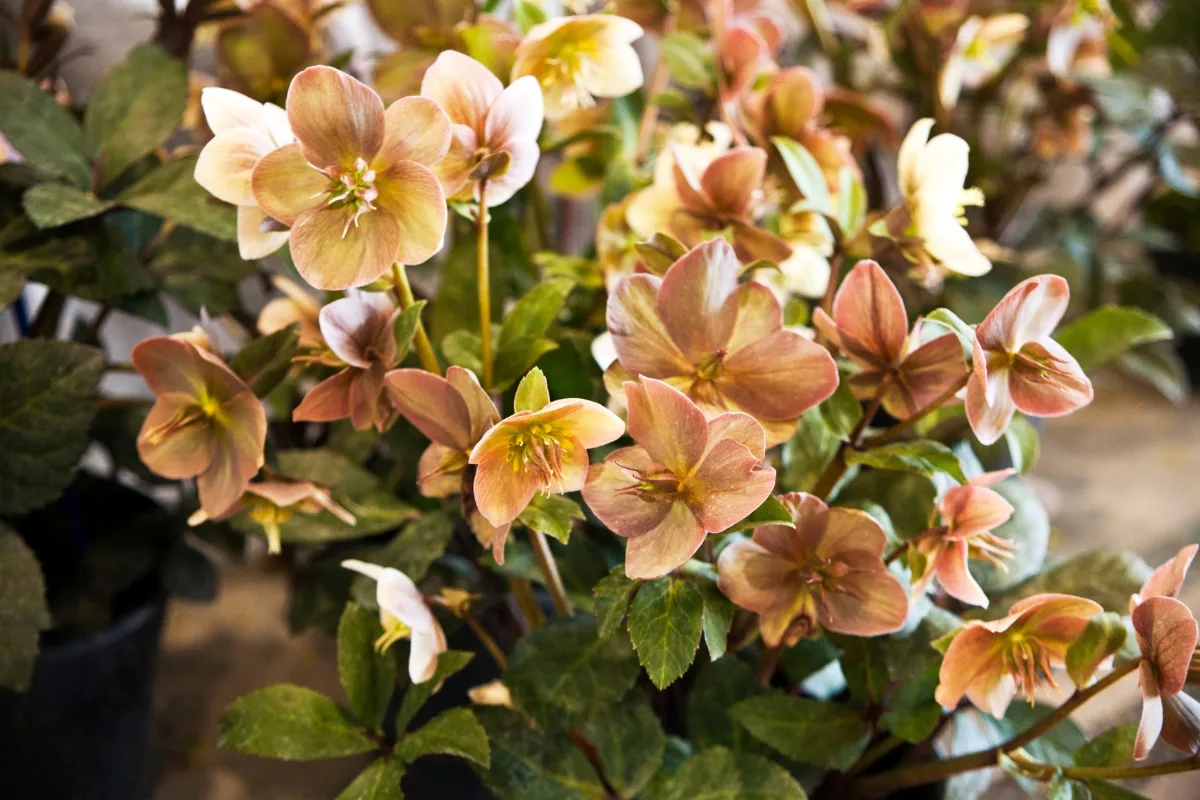
Remove the plant from the container, shake off excess potting soil, and gently loosen the root ball. Put the plant in the ground so that the crown is at the level of the surrounding soil and backfill. Planting too deeply can hinder blooming. Water the area after planting and keep the soil moist afterward.
You can also divide existing clumps of established plants to propagate new plants. Do this in early spring after blooming or in the fall fall by digging up a mass of roots and carefully pulling apart sections with at least two buds on each.
How to Care for Hellebores
While technically an evergreen, the leaves tend to look tattered by the end of the winter. Pruning hellebores in late winter can help reinvigorate the plant and signal to push out new growth. It also makes it easier to see the new blooms, as you can see in these before and after photos.
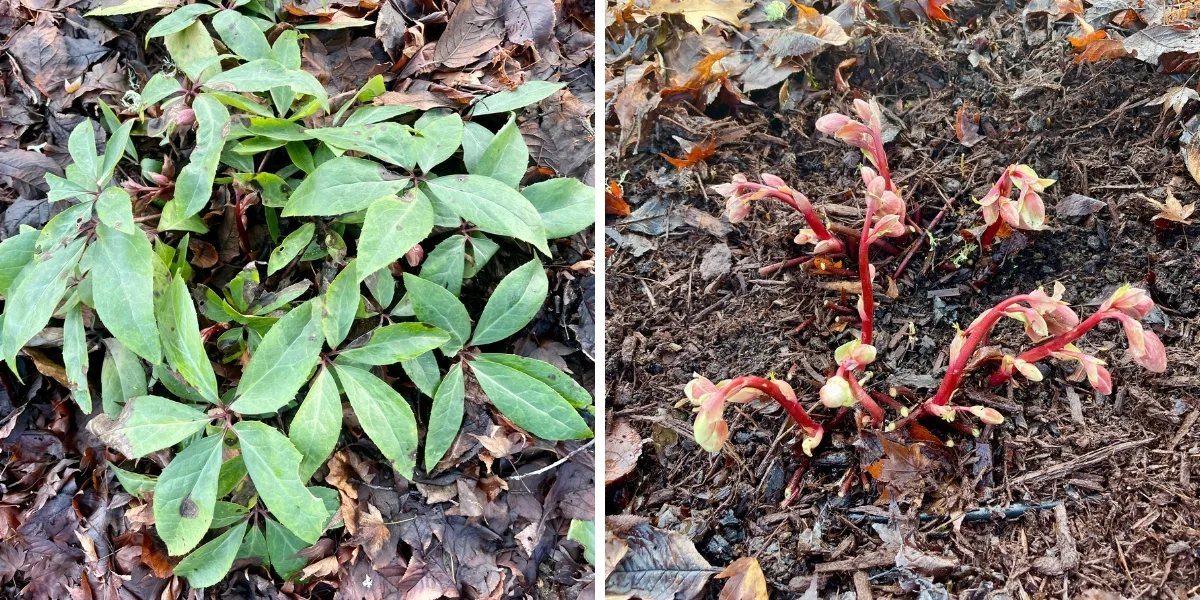
Hellebores go dormant in summer, and don't need much care. Mulching around the plants helps retain moisture and keeps the roots cool, but don't let the mulch contact the plant's crown. Fertilize once a year in spring after the flowers are finished or in the fall before frost using compost or a slow-release 10-10-10 NPK fertilizer.
Hellebores only need a little care, but they will reward you with delightful blooms when most everything else in the garden is still dormant.
Frequently Asked Questions about Hellebores
Hellebore blooms can last up to five months, anytime between December and April. Once warmer weather sets in, hellebore flowers fade away.
Fertilize hellebores once a year in spring after the flowers are finished blooming or in fall before frost using a slow-release 10-10-10 NPK fertilizer.
The most common reasons why hellebores aren't blooming is lack of light, lack of nutrients or fungal issues. You may need to transplant your hellebore or treat it to solve these issues.
Check out these other plants that bloom in winter!

